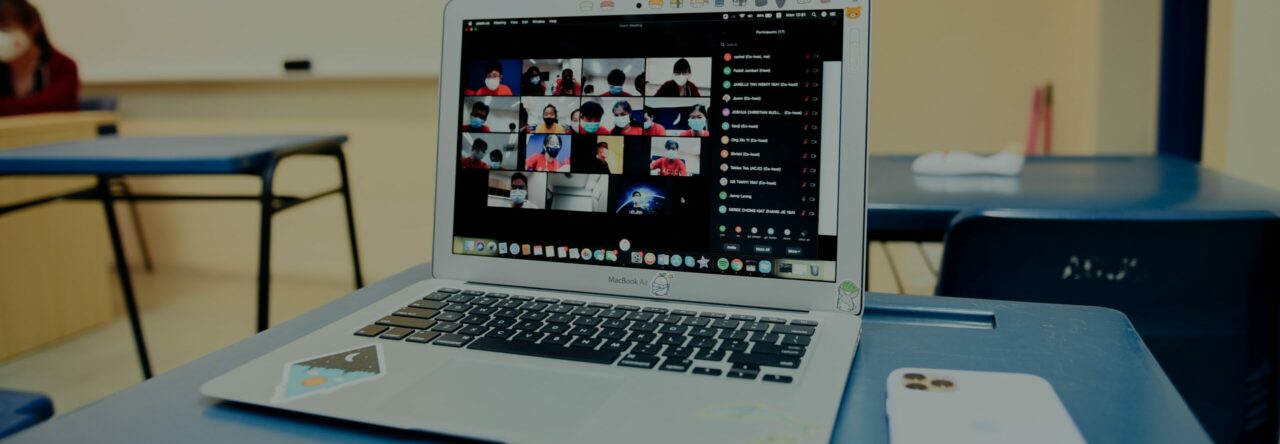Breakout rooms are the synchronous video equivalent of pair or group work in the classroom. While they are not an exact equivalent, they give added functionality to increasing behavioural engagement when in the synchronous video setting. Often, in the classroom, a teacher may look out at the students and ask a question. Those who may respond are the emotionally and cognitively engaged students who also have the proclivity to speak out in class. Students who are reluctant to speak out in class and those who are not emotionally or cognitively engaged become part of the background, unless the teacher chooses them specifically to answer a question. Once a teacher puts students in pairs or small groups, it becomes more difficult for students to remain anonymous, which results in increased behavioural, and usually, emotional, engagement. A small group setting also takes the spotlight off the students from having the entire class listening to their responses. Breakout rooms in the synchronous video setting similarly achieves the same results.
In the classroom, a teacher may walk around, listening to pairs or groups talk. This mostly unobtrusive listening allows a teacher to quickly check how much the students are on task. How does that happen in breakout rooms? In breakout rooms, a teacher may join any room to listen in on the conversation. This cannot be done unobtrusively, as students instantly are aware that the teacher has joined the room. Typically there may be a few seconds of silence before conversation continues, but mostly, students realize what has happened and continue on.
One advantage that breakout rooms have over in-class pair or group work is in the assigning of students to the pairs or groups. In Zoom, as an example, a teacher may click on a button to automatically randomly assign students to a room. This saves a lot of time over trying to do that manually in the classroom.
The following two videos show how to navigate breakout rooms in Zoom, as well as explain some of the benefits of using breakout rooms.
Part 1
Part 2
To use breakout rooms in Microsoft Teams, the following link is a Microsoft Education Breakout Rooms video that explains how this works. As mentioned before, both Microsoft Teams and Google Meet need a specific subscription account to use their respective breakout room options.
To use breakout rooms in Google Meet, the Google Meet Help page gives written instructions and specifies what version of the Google suite you need to access it. Check this link for the Google Meet breakout room explanation.

Leave a Reply